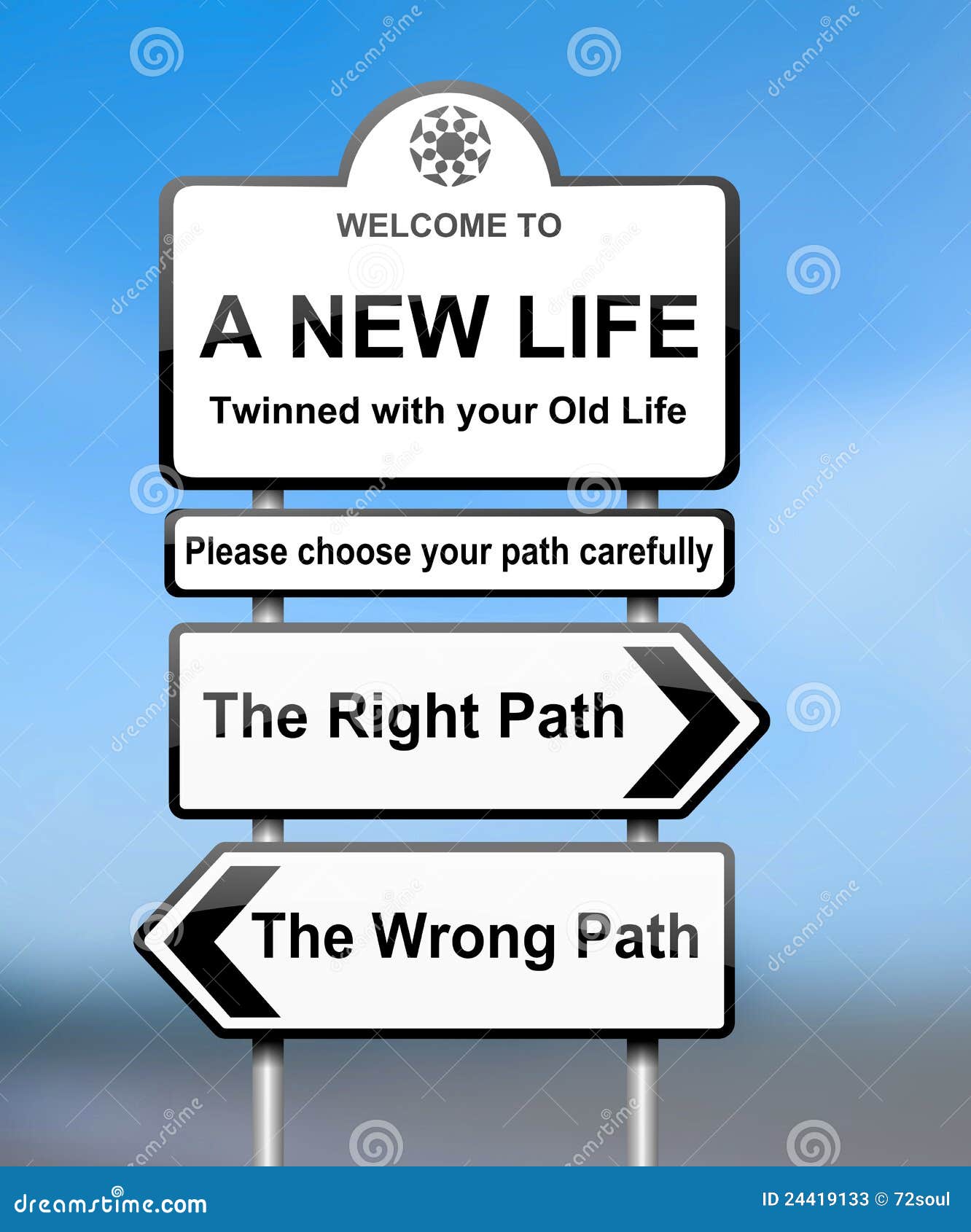Choosing The Right Watch: Cost Vs. Features

Table of Contents
Understanding Your Budget: Defining Your Price Range
Before diving into the exciting world of watch features, you must establish a realistic watch budget. Determining your price range is the foundation of your watch buying journey. This crucial step prevents disappointment and ensures a satisfying purchase.
-
Determine your maximum spending limit: Honestly assess how much you're comfortable spending on a watch. Consider it an investment, not just an expense.
-
Consider saving strategies to reach your target price: If your dream watch exceeds your current budget, explore saving strategies. Setting aside a small amount each month can help you achieve your goal faster than you think.
-
Research price ranges for different watch types: The cost varies significantly depending on the movement, materials, and brand. Quartz watches are generally the most affordable, followed by automatic and then mechanical watches. Smartwatches also have a wide range of prices.
-
Explore different brands within your price range: Numerous brands offer excellent value at various price points. Budget-friendly brands like Timex offer durable and stylish options. Mid-range brands such as Seiko provide a great blend of quality and features. Luxury brands like Rolex, Omega, and Patek Philippe represent the pinnacle of watchmaking, with significantly higher price tags.
-
Examples of watches at various price points:
- Under $100: Timex Weekender, Casio Classic
- $100-$500: Seiko 5, Citizen Eco-Drive
- $500-$1500: Hamilton Khaki, Tissot Gentleman
- $1500+: Tag Heuer Carrera, Omega Speedmaster
Essential Watch Features: Prioritizing Functionality
Once you've set your budget, it's time to consider the essential watch features. Prioritizing functionality ensures you choose a watch that truly meets your needs. Don't get swayed by flashy extras if they don't serve a purpose.
-
Identify your daily needs: Consider your lifestyle and activities. Do you need a water-resistant watch for swimming or showering? Do you require a chronograph function for timing events? A simple time-only watch might suffice for some, while others need more complex features.
-
Consider the type of movement:
- Quartz: Battery-powered, accurate, and generally low-maintenance. Affordable and ideal for everyday use.
- Automatic: Self-winding, powered by the movement of your wrist. More elegant and requires less battery changes.
- Mechanical: Hand-wound, offering a fascinating glimpse into horological engineering. Requires regular winding.
-
Assess the importance of additional features: Features like a date display, luminous hands (for visibility in low light), sapphire crystal (for scratch resistance), GPS functionality (for precise timekeeping), and heart rate monitors (for smartwatches) add convenience and enhance functionality but also increase the watch cost.
-
List of common watch features and their benefits:
- Water resistance: Crucial for swimming, showering, or other water activities.
- Chronograph: Useful for timing events and tracking laps.
- Date display: A simple yet practical feature for everyday use.
- Luminous hands and markers: Ensures readability in dark conditions.
- Sapphire crystal: Offers superior scratch resistance compared to mineral crystal.
Balancing Cost and Features: Finding the Sweet Spot
The key to choosing the right watch is finding the sweet spot where your desired features align with your budget. This requires careful consideration and strategic planning.
- Create a feature priority list based on your needs and budget: Rank the features in order of importance. This helps you make informed decisions and avoid unnecessary expenses.
- Compare watches with similar features at different price points: Don't limit yourself to one brand. Explore different manufacturers to find the best value for money.
- Look for sales and discounts: Keep an eye out for seasonal sales, promotions, and clearance events to snag a great deal.
- Consider pre-owned or vintage watches for better value: Pre-owned watches often offer significant cost savings without sacrificing quality.
The Case for Pre-Owned Watches
Buying a pre-owned watch offers a compelling alternative to purchasing new. You can often find luxury watches at a fraction of their original retail price.
- Pros: Significant cost savings, opportunity to acquire rare or discontinued models, and a unique piece with its own history.
- Cons: Potential for wear and tear, the need to verify authenticity, and a shorter warranty period (if any).
- Reputable sellers and authentication services: Ensure you purchase from trustworthy sources and consider professional authentication if necessary.
Conclusion
Choosing the right watch involves carefully considering your budget and prioritizing essential features. By understanding your needs and exploring different options – including the potential for pre-owned watches – you can find a timepiece that perfectly balances cost and functionality. Remember to research thoroughly, compare options, and read reviews before making your final decision. Start your search for the perfect watch today! Use this guide to help you choose the right watch that offers the best value for your money and meets all your desired features. Happy watch hunting!

Featured Posts
-
 Chock And Bates Lead Us At World Figure Skating Championships
May 27, 2025
Chock And Bates Lead Us At World Figure Skating Championships
May 27, 2025 -
 Criminal Minds Evolution Season 18 Premiere Date And Streaming Details
May 27, 2025
Criminal Minds Evolution Season 18 Premiere Date And Streaming Details
May 27, 2025 -
 Mob Land Season 1 Streaming Guide Pierce Brosnan Tom Hardy And Helen Mirren
May 27, 2025
Mob Land Season 1 Streaming Guide Pierce Brosnan Tom Hardy And Helen Mirren
May 27, 2025 -
 Kanye West Blames Taylor Swift For Super Bowl Snub
May 27, 2025
Kanye West Blames Taylor Swift For Super Bowl Snub
May 27, 2025 -
 Saint Ouen Soutien Aux Locataires Face Aux Regularisations De Charges
May 27, 2025
Saint Ouen Soutien Aux Locataires Face Aux Regularisations De Charges
May 27, 2025
Latest Posts
-
 Experiencia Pop Up Store Bts Informacion Esencial Sobre Fechas Ubicacion Y Acceso
May 30, 2025
Experiencia Pop Up Store Bts Informacion Esencial Sobre Fechas Ubicacion Y Acceso
May 30, 2025 -
 Measles Why It Persists And How To Combat Its Spread
May 30, 2025
Measles Why It Persists And How To Combat Its Spread
May 30, 2025 -
 2025 Measles Cases In Virginia Second Case Underscores Public Health Concerns
May 30, 2025
2025 Measles Cases In Virginia Second Case Underscores Public Health Concerns
May 30, 2025 -
 Pop Up Store Bts Fechas Direccion Y Como Llegar Para No Perderte La Experiencia
May 30, 2025
Pop Up Store Bts Fechas Direccion Y Como Llegar Para No Perderte La Experiencia
May 30, 2025 -
 The Persistence Of Measles Understanding Continued Transmission
May 30, 2025
The Persistence Of Measles Understanding Continued Transmission
May 30, 2025
